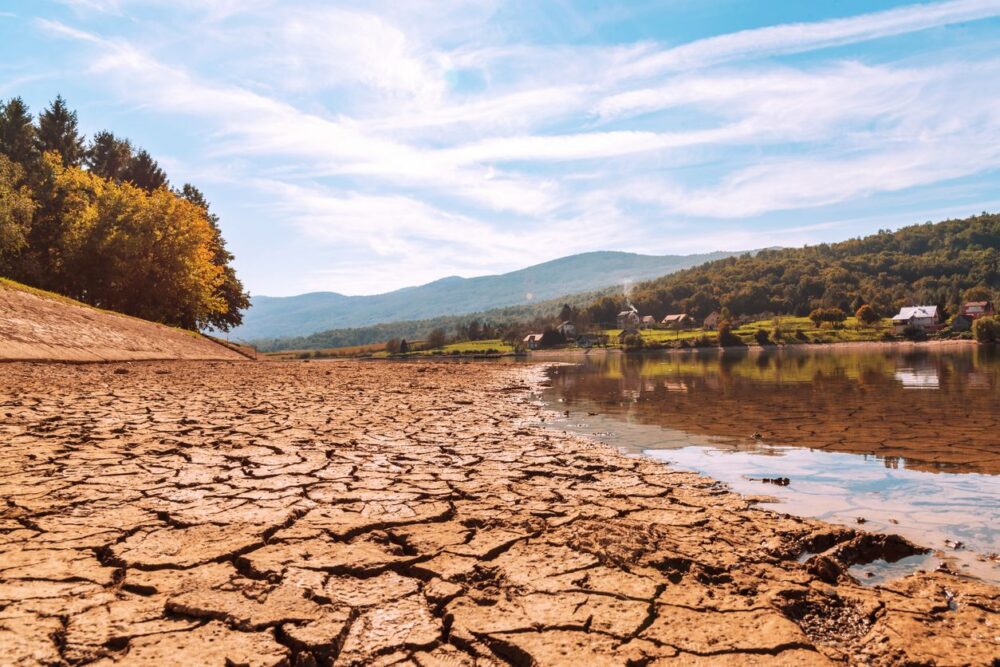- Though agricultural productivity has increased over the last 50 years, climate change has slowed this growth, according to the sixth Synthesis Report from the Intergovernmental Panel on Climate Change (IPCC).
- Crop production, animal health and productivity, fisheries and water availability are all impacted, especially in the world’s most vulnerable regions.
- Food insecurity will only increase as non-climate related risks such as conflict, pandemics and competition for land continue, says the report.
Why it matters:
Extreme weather events such as flooding and droughts impact crop production and water accessibility, but these impacts are unevenly distributed. “Least developed countries” (LDCs) shoulder the heaviest burden, including those in Africa, Asia, Central and South America, Small Islands and the Arctic.
Because of development constraints, these areas struggle to meet the UN Sustainable Development Goals. Indigenous Peoples, small-scale food producers and low-income households globally are also greatly impacted.
Overall, IPCC estimates that between 3.3–3.6 billion people “live in contexts that are highly vulnerable to climate change.”
Many of these areas are also those where population growth is projected to grow the most, increasing the need for food security.
What progress has been made with mitigation and adaptation?
The report notes that “mitigation and adaptation when implemented together, and combined with broader sustainable development objectives, would yield multiple benefits for human well-being as well as ecosystem and planetary health.” These benefits include food security and biodiversity conservation.
There has been some progress here, as seen in policy and funding across all regions and sectors. In agriculture, that includes soil moisture conservation, agroforestry and on-farm water management, among other solutions.
On the policy front, at least 170 countries have factor in climate adaptation in their national policies, according to the report.
But funding for climate-related developments is nowhere near what its supposed to be. As the Climate Policy Initiative noted in a recent study, for every $1 spent on climate-resilient infrastructure, $87 was “spent on infrastructure projects which do not integrate climate resilience principles. This suggests that investing in CRI is still in its nascent stages.”
In the context of adaptation, IPCC says positive gains have been made with adaptation finance since the release of the UN’s Fifth Assessment Report in 2014.
But adaptation finance is a meager portion of overall climate finance and is unevenly distributed across various regions.




